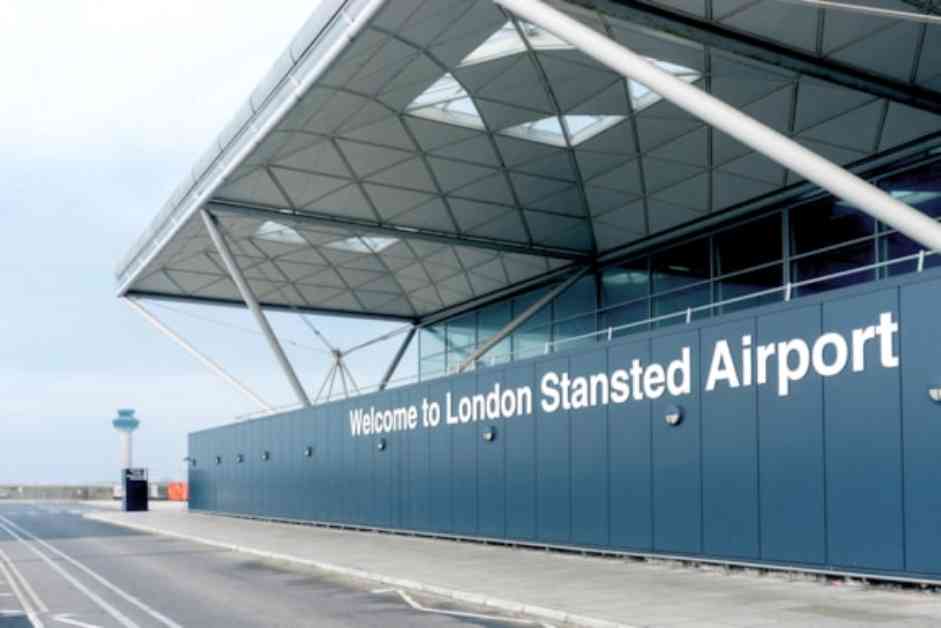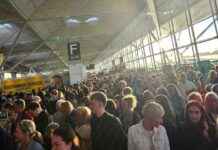The Consequences of Violating Airspace Regulations
A recent incident involving a pilot flying too close to London Stansted Airport has highlighted the serious consequences of violating airspace regulations. Christopher Hudson, the pilot in question, pleaded guilty to flying a Folland Gnat into the airport’s control zone without obtaining clearance from air traffic control. This reckless behavior not only jeopardized the safety of passengers and aircraft but also disrupted air traffic control operations, leading to delays for inbound flights.
The Details of the Incident
On September 5, 2023, Christopher Hudson flew his aircraft over North Weald Basset village at a dangerously low altitude of 541 feet, well below the legal minimum limit of 1,000 feet. Despite repeated radio calls from air traffic control, Hudson failed to respond, further complicating the situation. His actions forced air traffic control to take immediate measures to ensure the safety of other aircraft in the vicinity. This included breaking off an inbound aircraft from final approach, redirecting an inbound passenger flight to climb away, and instructing another inbound flight to circle, causing significant delays.
The Legal Ramifications
Christopher Hudson appeared in Chelmsford Magistrates Court on August 29, where he pleaded guilty to four charges, three of which were related to airspace violations and one for flying below the minimum altitude. As a result of his actions, Hudson was fined £4,000 and ordered to pay £750 in costs to the UK Civil Aviation Authority. This serves as a stark reminder to all pilots that safety rules and regulations must be adhered to at all times while operating an aircraft.
It is crucial for pilots to understand the importance of following airspace regulations to ensure the safety of everyone involved. Failure to comply with these regulations not only puts the pilot and passengers at risk but also disrupts air traffic control operations and causes delays for other flights. The consequences of violating airspace regulations can be severe, as demonstrated by Christopher Hudson’s case.
The UK Civil Aviation Authority, which oversees aviation safety in the country, emphasized the importance of prioritizing safety above all else. Alison Slater, head of investigations and enforcement at the UK Civil Aviation Authority, stated, “As the aviation regulator, safety is always our number one priority. This case serves as a reminder that all pilots must follow safety rules when flying.” This sentiment underscores the critical role that regulations play in ensuring the safety and efficiency of air travel.
Lessons Learned
The incident involving Christopher Hudson serves as a valuable lesson for all pilots, highlighting the potential consequences of disregarding airspace regulations. Pilots must be vigilant and proactive in complying with all safety protocols and regulations to prevent similar incidents from occurring in the future. By prioritizing safety and adhering to established guidelines, pilots can contribute to a safer and more efficient aviation environment for everyone involved.
In conclusion, the case of Christopher Hudson flying too close to London Stansted Airport serves as a cautionary tale for pilots everywhere. Safety must always be the top priority in aviation, and adherence to airspace regulations is non-negotiable. By learning from incidents like this and committing to upholding safety standards, pilots can help ensure the continued success and safety of the aviation industry.













